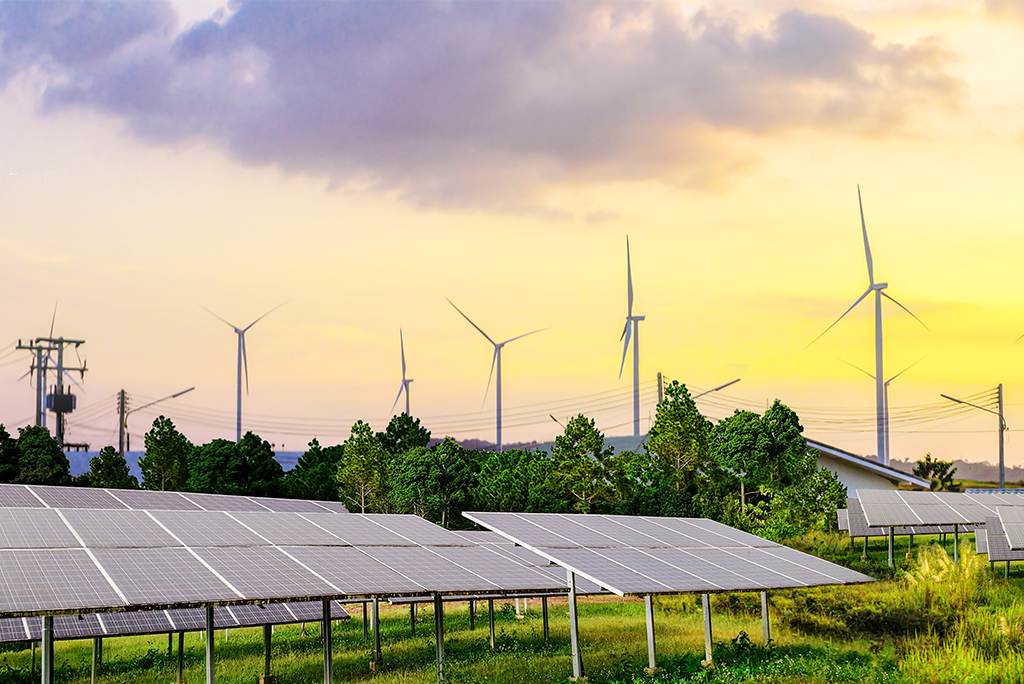 Feb 21 (Reuters) – U.S. investment in wind and solar power plants hit record levels last year, but even that dramatic rate of expansion fell short of the level needed to meet the nation’s climate change goals, according to an analysis published on Wednesday.
Feb 21 (Reuters) – U.S. investment in wind and solar power plants hit record levels last year, but even that dramatic rate of expansion fell short of the level needed to meet the nation’s climate change goals, according to an analysis published on Wednesday.
A joint report by researchers from Princeton University, Massachusetts Institute of Technology, Rhodium Group and the non-profit Energy Innovation analyzed U.S. progress in making investments needed to achieve a 40% reduction in greenhouse gas emissions by 2030 – an objective outlined in President Joe Biden’s 2022 landmark climate change law, the Inflation Reduction Act (IRA).
Large clean energy installations for utilities are being stymied by permitting and grid interconnection delays and challenges sourcing equipment, the report said, while sales of electric vehicles are meeting researchers’ forecasts.
The IRA provides generous tax credits for EVs and clean energy technologies like wind and solar farms.
Zero-emission vehicles accounted for 9.2% of light-duty sales last year, at the high end of a projected range of 8.1% to 9.4%, according to the report. EV sales growth this year is likely to underperform last year’s 50% increase, the groups said, but will remain on track to meet U.S. climate goals if kept within 30% to 40%.
Zero-emissions electricity generation and storage soared 32% last year to 32.3 gigawatts, but lagged the research groups’ models calling for annual additions of 46 to 79 GW.
The U.S. must add 60 to 127 GW of capacity this year to stay on track, the report said, adding that installations are likely to fall short of that range.
Beyond 2024, the groups said clean energy installations should increase even further to between 70 and 126 GW a year.
Source: REUTERS
